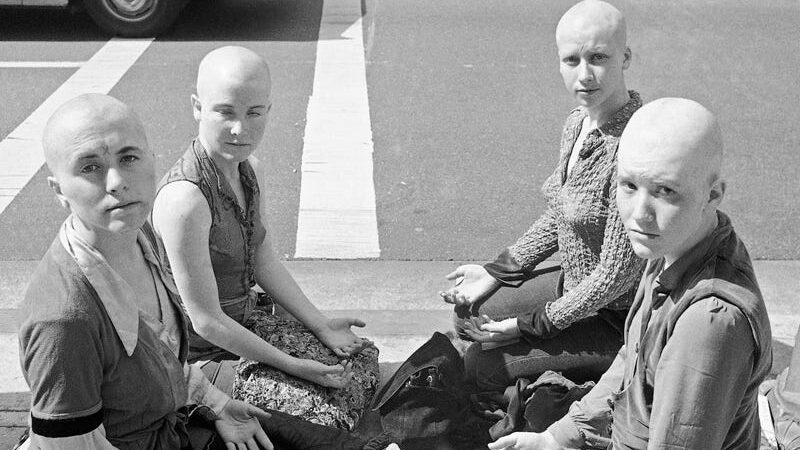In the summer of 1969, the Manson murder spree reached its climax with the gruesome Tate Murders on August 8th, forever altering the landscape of America and symbolizing the demise of the ’60s era.
However, amidst the chaos and horror, the Los Angeles law enforcement agencies almost fumbled the investigation, jeopardizing the capture of Charles Manson.
The notorious Manson “family” was responsible for a series of nine murders in July and August of 1969, with the Tate murders standing out as the most heinous.
Sharon Tate, Jay Sebring, Abigail Folger, Voytek Frykowski, and Steven Parent fell victim to bullets and stabbings that night, leaving a chilling scene of brutality.
The word “PIG” etched in Tate’s blood at the crime scene added to the sheer terror of the incident.
Despite numerous retellings of the Manson saga through films and books, the critical blunders of the Los Angeles Police Department (LAPD) have not been widely publicized.
Vincent Bugliosi’s “Helter Skelter,” a best-selling true crime book, sheds light on the LAPD’s mishandling of the case, which nearly allowed Manson to evade justice.
The LAPD’s incompetence was evident from the onset of the investigation into the Tate murders.
Officer Jerry Joe DeRosa’s hasty actions tainted the crime scene by inadvertently erasing crucial evidence while attempting to secure the area.
Subsequent mishandling of evidence and contamination of the crime scene further hampered progress in solving the case, delaying crucial leads.
The emergence of forensic science in 1969 posed additional challenges for the LAPD, as improper blood sampling and testing procedures led to investigative setbacks.
With vital blood samples mishandled and subtypes overlooked, the prosecution’s case against Manson faced significant hurdles due to flawed evidence collection methods.
As the LAPD grappled with the Tate murders, a parallel investigation into the killing of music teacher Gary Hinman unfolded, highlighting the lack of coordination among law enforcement agencies.
The discovery of Hinman’s body with a message scrawled in blood resembling the Tate crime scene failed to trigger immediate connections between the cases, underscoring the LAPD’s tunnel vision.
Amidst the chaos, the Manson Family struck again within days, targeting Leno and Rosemary LaBianca in a brutal attack that mirrored the Tate murders.
Despite glaring similarities between the crime scenes, the LAPD refused to acknowledge the interconnectedness of the cases, attributing the murders to unrelated motives.
The prevailing theory of drug-related motives clouded the LAPD’s judgment, diverting attention from the sinister cult following of Manson and his brainwashed disciples.
Detailed confessions from Manson family members were initially dismissed as outlandish, further complicating the investigation and delaying justice for the victims.
In the tumultuous aftermath of the Manson murders, internal strife and lack of collaboration among LAPD detectives hindered progress in solving the cases.
The rivalry between Tate and LaBianca investigators, coupled with a failure to share vital information, impeded the swift resolution of the Manson Family murders, prolonging the ordeal for the victims’ families and the public.
The intricate web of errors and oversights by the LAPD during the Manson investigations underscores the fragility of justice in the face of incompetence and internal discord within law enforcement agencies.
Despite the eventual conviction of Manson and his followers, the legacy of the 1969 murders continues to haunt America, serving as a stark reminder of the consequences of investigative negligence and mismanagement.



